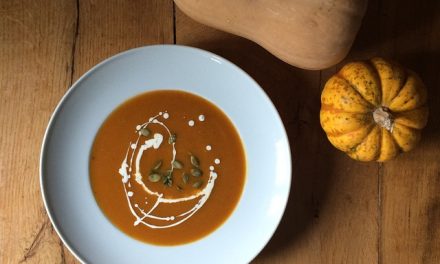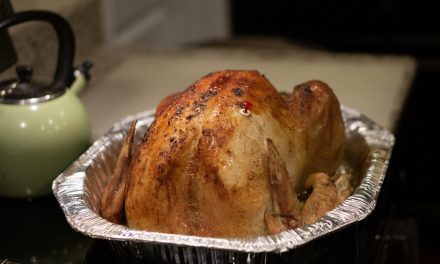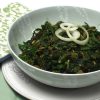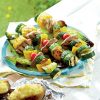As temperatures rise, so does the incidence of foodborne illness.
According to the U.S. Department of Agriculture’s Food Safety and Inspection Service, there are five simple steps people can take to keep themselves safe and enjoy the warmer weather.
- Clean. Wash your hands with soap and water before handling food and after using the bathroom, changing diapers and handling pets. Be sure to take along a source of clean water for your summer picnic.
- Separate. Cross-contamination during preparing, grilling and serving food is a major cause of foodborne illness. When packing the cooler for an outing, wrap raw meats securely; don’t let raw meat juices come in contact with ready-to-eat food. Wash plates, utensils and cutting boards that held the raw meat or poultry before using again for cooked food.
- Cook. Food safety experts agree that food is safely cooked when it is heated to a safe internal temperature. It is the only way to tell if harmful bacteria are destroyed.Take your food thermometer along and use it! The USDA’s messenger, Thermy, says “It’s Safe to Bite When the Temperature Is Right!” Meat and poultry cooked on a grill often browns very fast on the outside, so be sure that meats are cooked to a safe temperature.Cook meats as follows: hamburger and other ground meats (veal, lamb, pork) to an internal temperature, 160F; ground poultry, 165F; steaks and roasts, 145F for medium-rare, 160F for medium, 170F for well-done; whole poultry, 180F in the thigh; breast meat, 170F, and fresh cuts of pork, 160F. Reheat leftovers to 165F.Cook meat completely at the picnic site. Partial cooking ahead of time allows bacteria to survive and multiply to the point that subsequent cooking cannot destroy them.
- Chill. Keep cold food cold-at or below 40F. Holding food at an unsafe temperature, in the Danger Zone (40F-140F), can lead to foodborne illness.
Perishable food, such as luncheon meats, cooked meats, chicken and potato or pasta salads should be kept in an insulated cooler packed with plenty of ice, ice packs or containers of frozen water.
Pack canned beverages in one cooler and perishable food in another because the beverage cooler will probably be opened more frequently.Keep the cooler in the coolest part of the car and place out of the sun when possible. - Discard. Throw out food left out more than 2 hours (1 hour if temperatures are about 90F.) When in doubt, throw it out!
For food safety information about meat, poultry or egg products, call the USDA Meat and Poultry Hotline at 1-800-535-4555. A selection of food safety recordings can be heard 24 hours a day.












